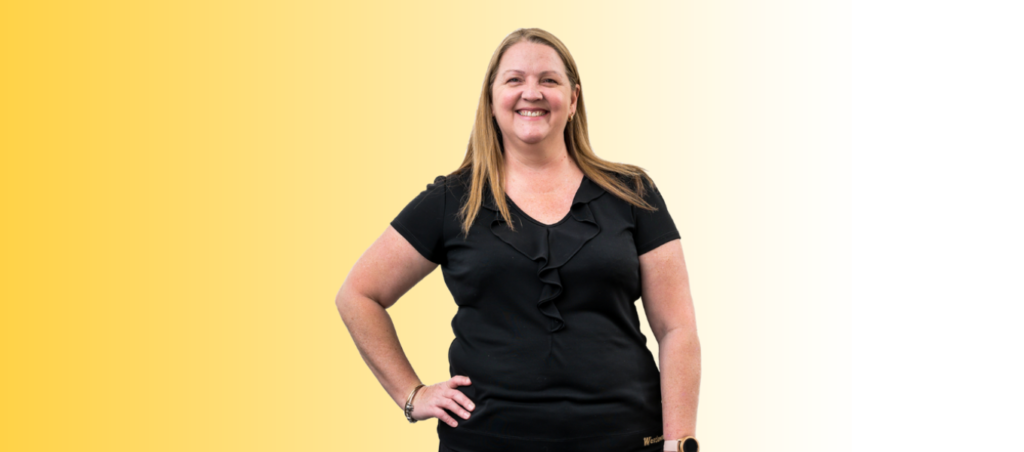Did you know that over 2 million Australians have invested in residential property worth approximately $1.37 trillion?1 Since June 2012, the value of investor housing finance commitments has increased by 74%, while the value of lending to owner occupiers increased by 53% over the same period.2
Proof Australians love investing in bricks and mortar.
Have you considered joining the ranks of Australia’s property investors?
Where to invest?
Maria Yanotti, a lecturer of economics and finance at the Tasmanian School of Business and Economics at the University of Tasmania, says most residential investors are your average Australians who invest in rural or regional areas as a secondary source of income and to also gain equity.
According to Yanotti, almost half of residential investors invest in a property located in a different postcode to where they live. Further, 11% of residential investors buy properties in states other than the state in which they live.
While you may not choose to invest in the same postcode, you should invest in an area in which you are familiar. (Refer to the North Coast property snapshot below to see how property is performing across our region.)
Do your research on current prices and rental returns, local amenities and demographics.
Demographics can be key to determining what kind of property to buy in any particular area.
If an area is popular with young families, for example, a home on a quiet street with a large backyard, close to schools and parks, will be more desirable for potential renters. On the other hand, in an area close to a university, there are likely to be more students seeking accommodation. As many students opt for share housing to save on costs, a house with more bedrooms over a bigger backyard will be more appealing. Close proximity to bars, cafes and other entertainment will also be attractive to students and younger professionals.
Principal and interest or interest-only?
You’ve done your initial homework. You know where you want to invest, and the type of dwelling most suited to the demographics of that area. You’ve been keeping a close eye on local property prices and know the difference between a bargain and overpriced property.
You are ready to get serious. It’s time to consider your finance options.
For many residential property investors, interest-only home loans are often the preferred choice over principal and interest loans.
With an interest-only home loan, monthly repayments during the interest-only period cover only the interest payable on the amount borrowed. Interest-only periods are generally available from between one to 5 years. At the end of this period, the interest-only loan reverts to a principal and interest loan. Or, the borrower may have the option to roll it over for a further interest-only period.
Naturally, interest-only repayments are lower than repayments on a principal and interest mortgage. This provides the investor with the advantage of increasing cashflow. However, at the end of the interest-only period, the same amount of debt remains as to when the loan commenced.
Many property investors plan to pay off the principal on selling the property (hopefully for a capital gain).
Apart from increased cashflow, interest-only loans may also offer investors potential benefits in terms of tax deductions available. You should speak to your accountant or tax adviser about the possible tax benefits.
Whether an interest-only loan or a principal and interest loan will best suit your needs will depend on your individual situation.
Curbs currently on interest-only lending
Over the last 6 months, the big banks, in particular, have been under pressure to curb lending on interest-only home loans. This has been due to the banking regulator APRA forcing the banks to reduce the percentage of interest-only investor home loans held on their books.
To meet APRA’s requirements, lenders have been discouraging new interest-only home loans by tightening lending criteria, such as increasing LVRs, and by increasing interest rates on interest-only loans.
But this may soon change.
Mortgage Choice chief executive, John Flavell, recently predicted that the banks’ recent tightening of credit policies, and moves to charge interest-only customers a higher premium, will soon come to an end as the banks begin to meet APRA’s cap on interest-only mortgage lending.
Mortgage brokers your best bet for investment loans
In the meantime, while curbs on interest-only investment lending remain in place, a Westlawn Mortgage Broker is your best bet for getting approval on a home loan for investment purposes at the best possible rate (whether that is an interest-only loan or principal and interest loan).
They can provide advice on how much deposit you’ll need to meet a particular lender’s LVR requirements as well as on meeting other lending criteria. A Westlawn Mortgage Broker can also find the best deals currently available on home loans from our wide panel of lenders which includes the big banks, second-tier banks and other alternative lenders.
North Coast property snapshot
Thinking of investing in our region? Here’s a snapshot from smartpropertyinvestor.com.au of the NSW North Coast property market over the quarter and year to 30 June 2017.
Ballina – rising
Median house price rose 9.6% over the quarter, and 13.4% over the year to a record high of $597,500. Median house rents rose slightly by 0.5% over the quarter and 7.1% over the year to $483 per week.
Byron Bay – rising
Median house prices rose 7.1% over the quarter and 29.2% over the year to $910,000, making it the strongest regional NSW area.
Median house rents declined by 1.5% over the quarter, but rose by 8.3% over the year to $650 per week.
Clarence Valley – rising
Median house prices declined by 2.4% over the quarter, but rose 9.1% over the year to $360,000.
Median house rents rose 1.3% over the quarter and 10% over the year, to $385 per week.
Coffs Harbour – rising
Median house prices rose 7.3% over the quarter and by 12.5% over the year to $486,000.
Median house rents held steady both over the quarter and the year at $400 per week.
Lismore – rising
Median house prices rose 6.4% over the quarter and 6.3% over the year to $372,000.
Median house rents rose 0.7% over the quarter and 1.4% over the year to $355 per week.
Richmond Valley – declining
Median house prices declined 16.5%, yet still rose over the year by 4.7% to $265,500.
Median house rents held steady over the quarter, but rose 10.3% over the year to $320 per week.
Tweed – rising
Median house prices rose 2.7% over the quarter and 14.3% over the year to an area record of $580,000.
Median house rents rose by 2% over the quarter and 11.1% over the year to $500 per week.
Source: https://www.smartpropertyinvestment.com.au/spi-plus/latest-hotspots/16388-areas-in-regional-nsw-rising-or-declining
Talk to a Westlawn Mortgage Broker today
Whether you’re a first time property investor looking to secure finance, or you’re an existing property investor wanting a better deal on your existing mortgage, a Westlawn Mortgage Broker can help you.
To talk to a Westlawn Mortgage Broker about investing in property, call us today on 1300 WESTLAWN (1300 937 852).
31 August 2017
- According to estimates by property data and analytics firm, CoreLogic.
- Profile of the Australian Residential Property Investor, June 2016, CoreLogic.



